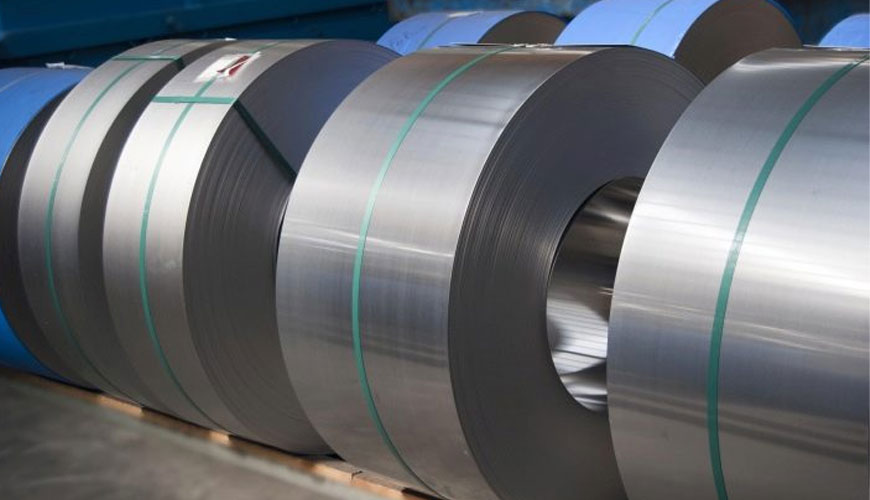

EUROLAB Laboratory provides accredited testing and conformity assessment services within the scope of GMW 3044 standard. This standard covers the basic requirements for electroplated zinc applied to iron and steel surfaces, along with coating thickness, the use or non-use of additional treatments, and corrosion resistance.

GMW 3044 Standard Scope
Zinc coating is typically applied to small to medium sized ferrous parts such as castings, fasteners, stampings and clips. Zinc plated parts or their corrosion products must not come into contact with the stressed Polyamide 6 or 66. Untreated zinc coating types are also used as a base coat for an additional paint. This coating should be applied in such a way that no adverse effects on appearance and adhesion (eg swelling by hydrogen effusion) are observed.
GMW 3044 Standard Requirements
Appearance; Appearance and hue as received will be as agreed between buyer and supplier using approved color and hue engineering standards when available. In the case of the zinc plus passivation coating listed here, a clean, commercial polish is required; color range, iridescence, opacity and gloss are normally not critical unless otherwise specified by the buyer. In the case of glossy zinc plus clear finishes listed here, a clear glossy appearance (also referred to as colorless, blue-gloss and clear silver-white) is required. Specified colors will be homogeneous, tightly adherent, hard and dry.
Engineering; These values are intended to be applied to important surfaces as specified in the engineering drawings. Complementary treatment, color, etc. In the case of finishing with, the values shown apply to the thickness of the plate after processing. Additional treatments such as oils, waxes or other specified coatings do not apply to thickness measurements. Coating thickness on bolts and screws will be measured at the head and thread ends, and for nuts at the spanners.
The thickness of the coating polish; microscopic examination of sections taken perpendicular to significant surfaces or other methods agreed by the supplier and buyer. The maximum allowable coating thickness on threaded fasteners should be twice the minimum specified coating thickness. The maximum coating thickness that can be applied to teeth in threaded products is limited to the basic thread size (tolerance h or H). After coating, the parts should be measured with the appropriate basic size GO thread gauge. Minor/large (before coating) threads can be produced to meet the coating thickness, provided the finished product (after coating) meets all specified mechanical properties. Where mechanical properties are not specified, undersized/oversized is subject to the approval of the relevant engineer and all minor/large dimensions shall be within the agreed permissible limits.
Fastener; Otherwise, the maximum allowable coating thickness variation may be more than twice the specified minimum coating thickness, as long as it does not affect the function of the part. Note: In special cases such as welding applications, the limitation of the maximum coating thickness to a specific requirement should be specified in the engineering drawing.
As Eurolab laboratory, it provides the best service to you, our manufacturers, with its experienced and professional staff within the scope of all automotive standards.
To get an appointment, to get more detailed information or to request an evaluation, you can ask us to fill in our form and reach you.